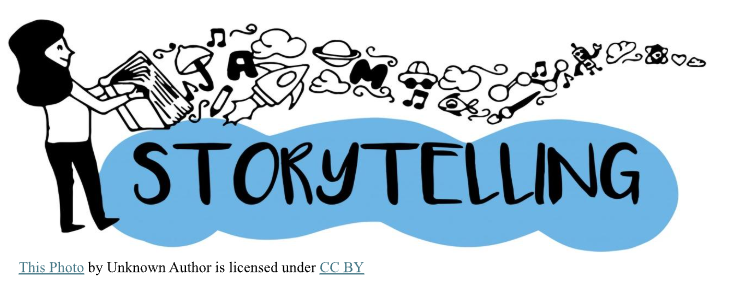Data storytelling is a great tool for presenting complex information in an understandable, entertaining, and memorable style. The capacity to turn raw data into meaningful and actionable insights is essential for good data storytelling. This strategy is especially critical in today's data-driven environment, where the vast amount of information can be overwhelming.
1. Data preparation.
Well-prepared data serves as the foundation for any successful data story. Here's how to prepare data effectively:
- Collect the correct data: Consider your audience and the purpose of your presentation:
- Consider who your target audiences are?
- What goal do you wish to achieve?
- What information would you like to share? (For example, trends, comparisons, and improvements).
Knowing your audience's data literacy and priorities allows you to modify your message so that it is understandable and relevant.
2. Data Understanding
Once the data has been acquired, the following step is to determine its essential qualities and their meanings. This step includes;
- Understanding the definitions, units, and ranges of data attributes,
- Making key comparisons (e.g., over time, across geographies, or under certain situations).
To keep your narrative targeted and relevant, select the appropriate comparisons and specify the scope of your data.
3. Basic Operations:
Missing value handling and information summarization are examples of basic data operations. Common techniques include:
- Handling missing values: To manage gaps in your dataset, use tools such as "Find and Replace" or filters.
- Summarizing data: Formulas such as SUMIF and AVERAGEIF, as well as the creation of Pivot Tables, can assist condense data into consumable insights depending on specific properties.
4. Data Visualization for Storytelling
Visualizing data is important in storytelling because it allows the audience to comprehend ideas quickly. An effective data visualization:
- Provides a quick grasp of the information.
- Is memorable, which helps the message stick with the audience.
- Facilitates communication by serving as a link between the presenter and the audience.
Here's how to make your visualizations effective:
- Choose the appropriate form of visualization. The type of chart chosen should be appropriate for the data and message.
- Avoid unclear visuals. Visuals should be clear and not misleading.
- Minimize excessive details: If there are too many values, prioritize the most important ones or aggregate the data.
- Use colors appropriately. Highlight important information and guarantee clarity.
5. Key Principles for Data Visualization
When making visual representations, remember to:
- Make it clear: Ensure that the material is easy to understand.
- Avoid showing a single number in isolation: Always provide context.
- Focus on the message: What is the most crucial information you wish to convey?
Conclusion
Storytelling with data entails more than just showing charts and graphs. It is about creating a narrative that uses data to generate insights, drive decisions, and effectively communicate key points. Raw data may be transformed into fascinating stories that resonate with your audience by carefully preparing, analyzing, and visualizing it.



good
menarik!
good
bahasa indonesia ny apa tuhhh//bkn orng inggris hee
oww bagus banget